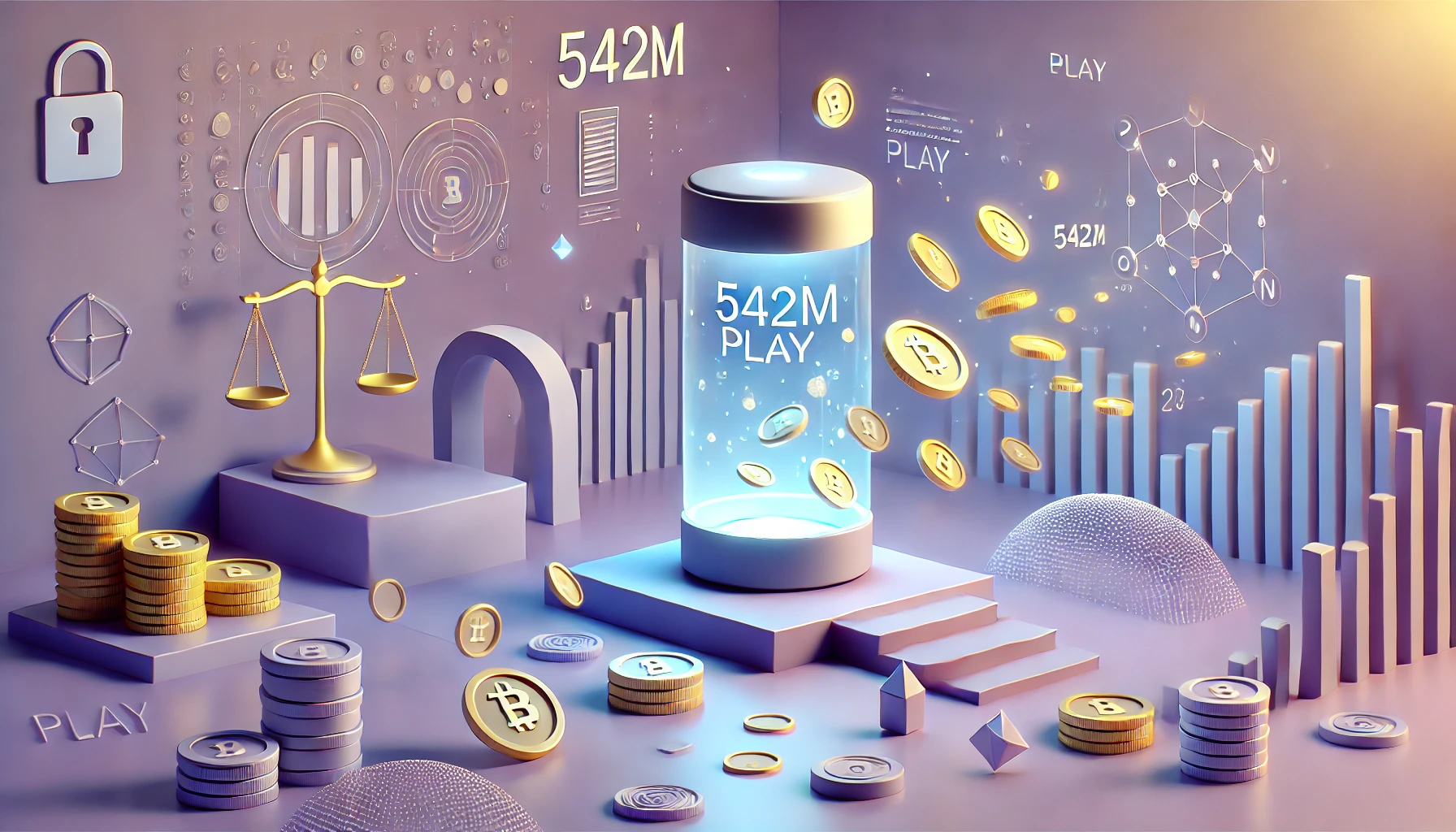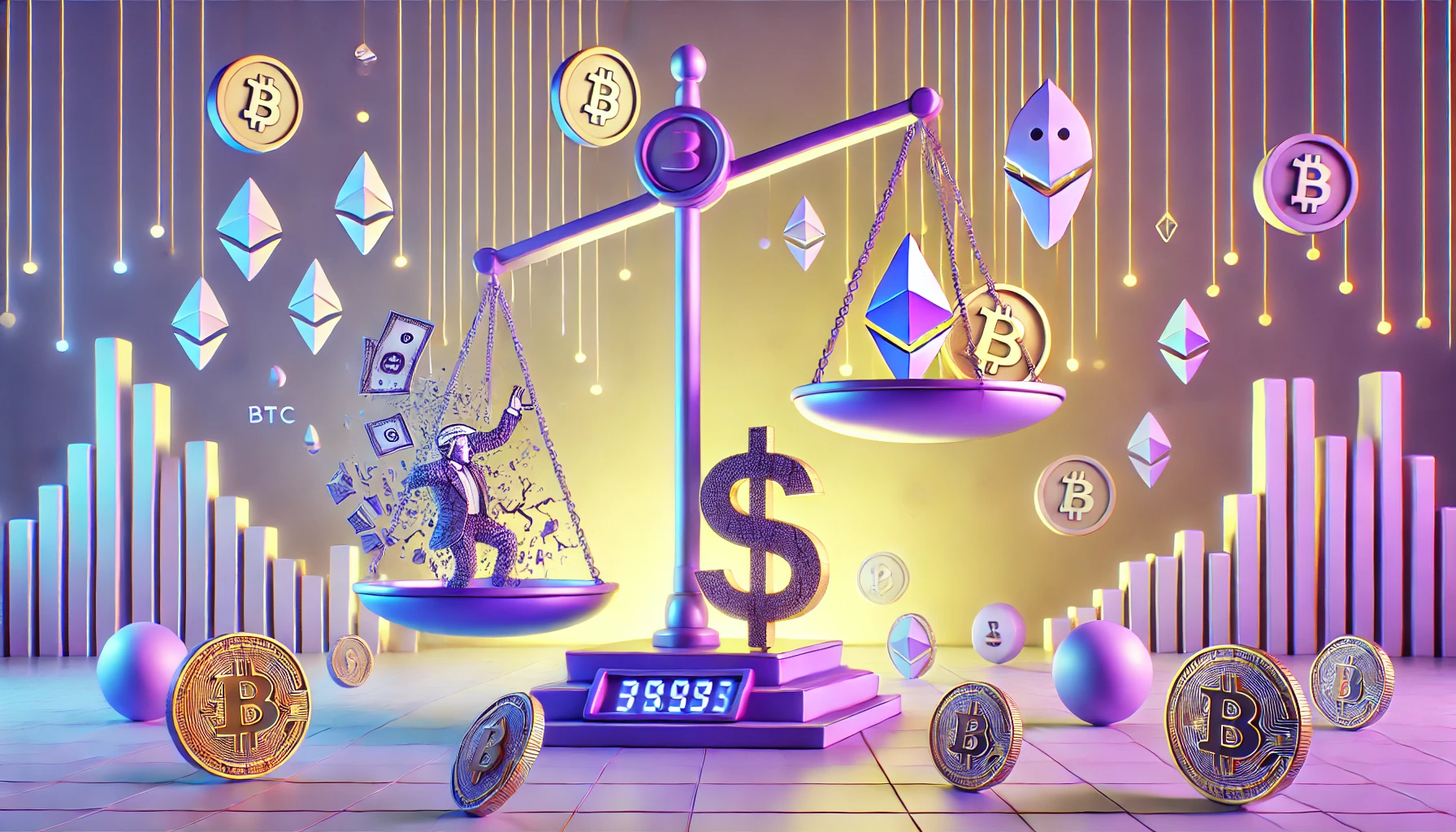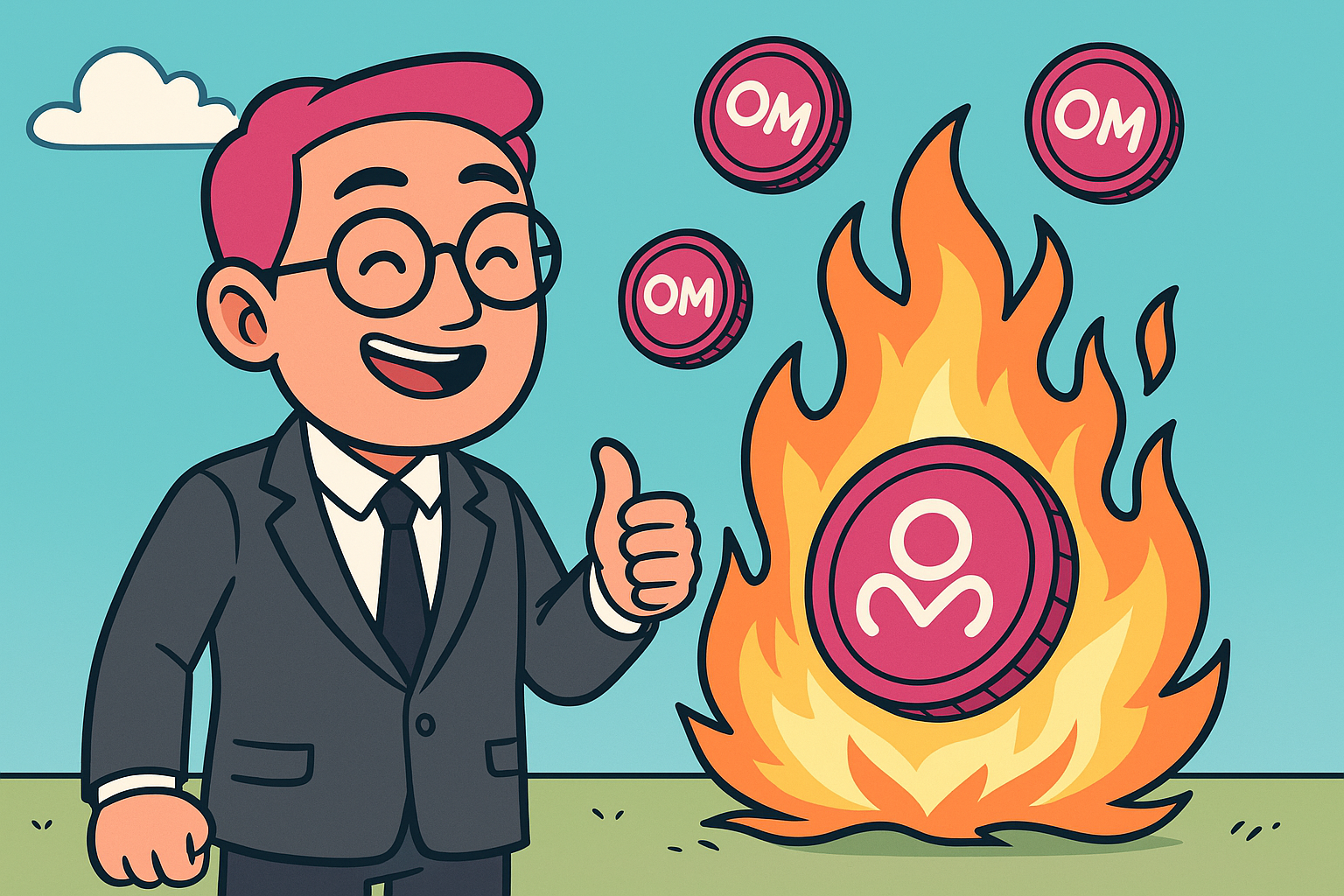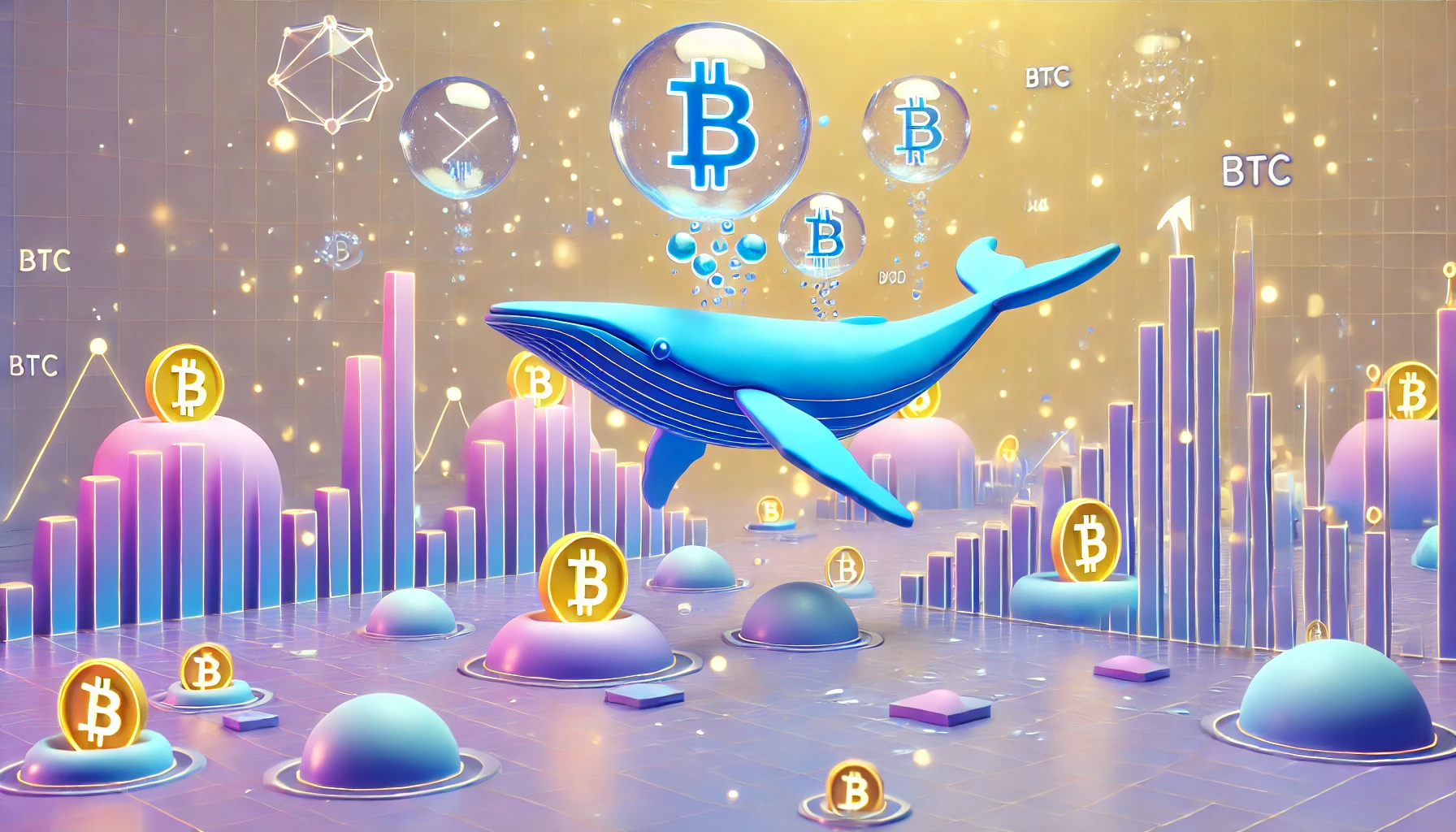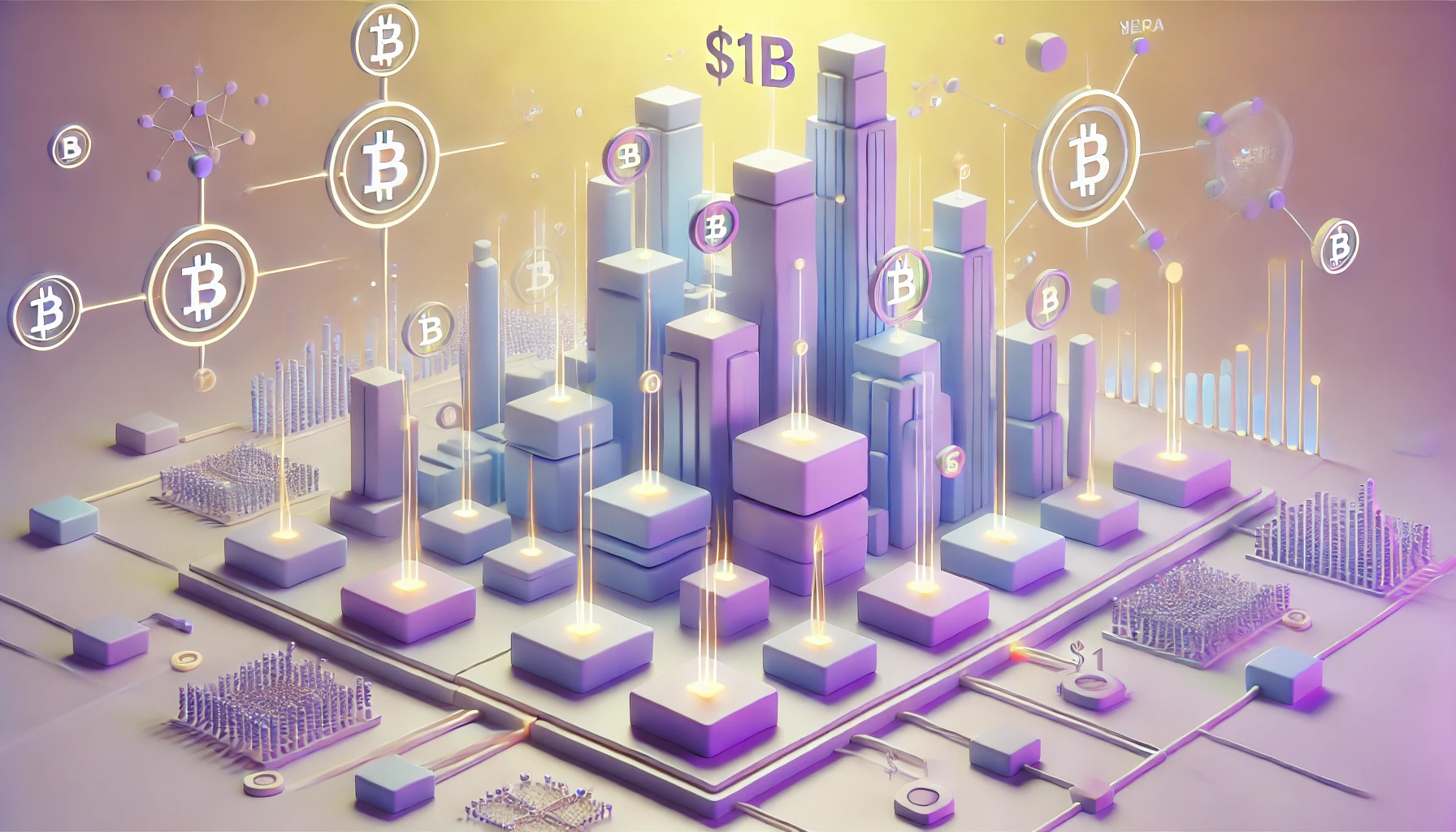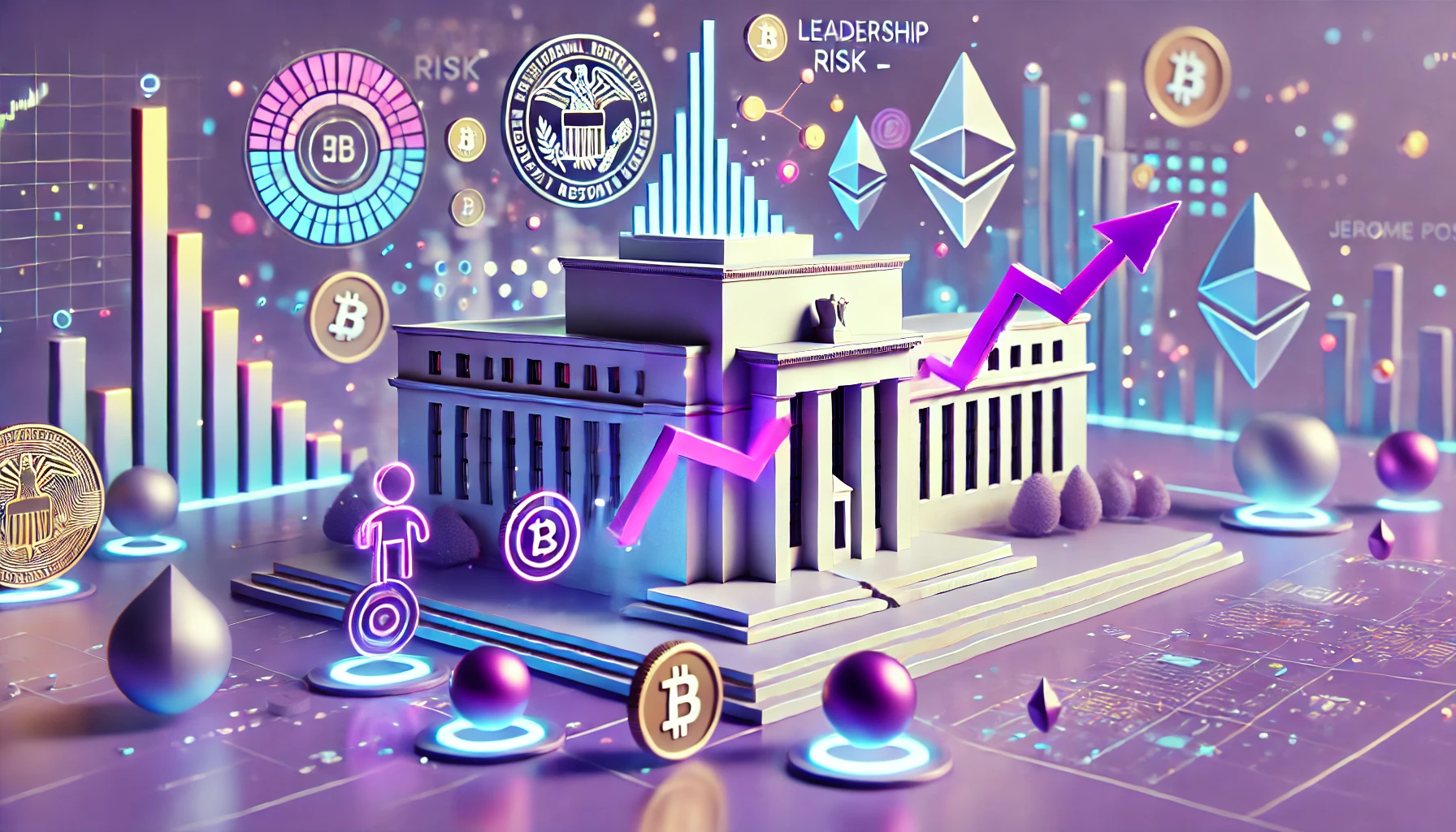Ripple’s XRP has seen its stock price explode in just a few days and is back in the news. The last time this cryptocurrency was part of the headline news was when the SEC (Securities and Exchange Commission) filed a complaint against Ripple on 22 December 2020. This crypto asset, because of its affiliation with financial organisations (particularly banks) is a topic of discussion and criticism more often than not, in the cryptocurrency world.
Ripple and XRP
News
The Ripple company has just triumphed (partially) in the face of the SEC’s accusations in court. In order to maintain the confidentiality of the financial records of executive chairman Chris Larsen and CEO Brad Garlinghouse, the SEC’s request to inspect these records was challenged as irrelevant in the context of this case. The effect of this victory has been an explosion in the price of the Ripple cryptocurrency over the last few days.
Indeed the value of this crypto asset soared over the weekend of 9-11 April 2021. XRP, which had previously been trading at around €0.86, hit the €1.24 mark in just 48 hours, representing a meteoric 45% increase in price.
With the price hovering around €0.50 at the beginning of April, we can truly speak of an effervescence around the XRP and consider the term “explosion” to describe the evolution of the price of this cryptocurrency. The current price of XRP on Wednesday 14 April 2021 (5.10pm) is around €1.40.
source: investing.com
Presentation of the company and its objectives
The initial Ripple project was created in 2004 by Ryan Fugger with the aim of giving different communities the opportunity to create their own currency and be financially independent. However, this approach changed after the emergence of Bitcoin in 2012, when Chris Larsen and Jed McCaleb joined forces and inherited the company’s management, going on to co-found OpenCoin. The company later changed its name to Ripple Labs and created the Ripple Token (XRP). The new company has set itself a new objective, which is to reduce the cost and speed of banking transactions and to solve the problem of the lack of transparency regarding the status of transfers. Ultimately, Ripple aims to take the place of the Swift protocol, which is essential today, offering an interbank network and a wide range of services (bank transfers, transactions, etc.).
The number of tokens currently in circulation worldwide (circulating supply) is 40 billion, which is barely half the total number of tokens of 99 billion (total supply). These tokens are distributed as follows
39 billion are in free circulation
6 billion are kept by the company
55 billion are stored in the Escrow: a system that uses a trusted third party who knows the formalities that lead to a new distribution of tokens and executes when these conditions are met.
This huge quantity of tokens could cause the XRP price to fall, as scarcity is one of the factors that guarantees a high price on the cryptocurrency market.
The different Ripple solutions
The XRP token is used as an exchange medium on the Ripplenet platform.
Ripple provides several solutions designed for specific players in order to meet their specific needs:
xRapid: which is designed for financial organisations and payment service providers who want to reduce the value of their fees such as Visa or MasterCard. XRP offers banks a solution for administering international payments more easily.
xVia: a method enabling companies, payment services and financial institutions to transfer cash with guaranteed transparency of information.
xCurrent: the company provides its customers with a payment solution to improve information sharing between banks and manage the movement of funds between two institutions using its IPL (Inter Ledger Protocol).
Advantages and limitations of Ripple (XRP)
Ripple’s XRP enables funds to be transferred worldwide at very low cost in a fraction of a second (between 3 and 5 seconds for XRP, compared with around 1 hour for Bitcoin). This asset, which has low volatility because it is currently highly centralised, can carry out and support up to 1,500 transactions per second, giving it a strong advantage over Ether (15 transactions per second) and Bitcoin (3-6 transactions per second).
Nevertheless, this centralised cryptocurrency goes against the libertine principle of cryptocurrency, which is the decentralisation of assets. This aspect presents an image that displeases cryptocurrency supporters, who consider Ripple’s XRP to be a cryptocurrency at the service of the banking system.
A cryptocurrency with a tarnished image
The Ripple – SEC affair
The Securities and Exchange Commission accused XRP’s $1.3 billion ICO of being an “unregistered securities offering” and sued Ripple on 22 December 2020. This news had a major impact on the company’s image, as well as that of XRP, and led several exchanges to delist the currency, causing it to lose its value.
These accusations have considerably shaken Ripple’s reputation to the point where some of its partnerships have been severed, notably with the famous money transfer agency MoneyGram, which denied having used the company’s technology, in particular the Ripplenet platform where funds are transferred, and ODL, the on-demand liquidity service, when it was indicted after the accusations were made.
The future of Ripple and XRP
Ripple’s indictment will inevitably leave its mark on the company. But thanks to the recent legal victories that have sent the XRP share price soaring, and to the fight put up by the company’s directors, the company could well get back on its feet and overcome the crisis.
Ripple’s future depends largely on the final outcome of this battle with the SEC. If the cryptocurrency’s honour is cleared, the company will then experience exponential growth commensurate with its project, enabling Ripple to gain the upper hand over its competitors and achieve its ultimate goal.





